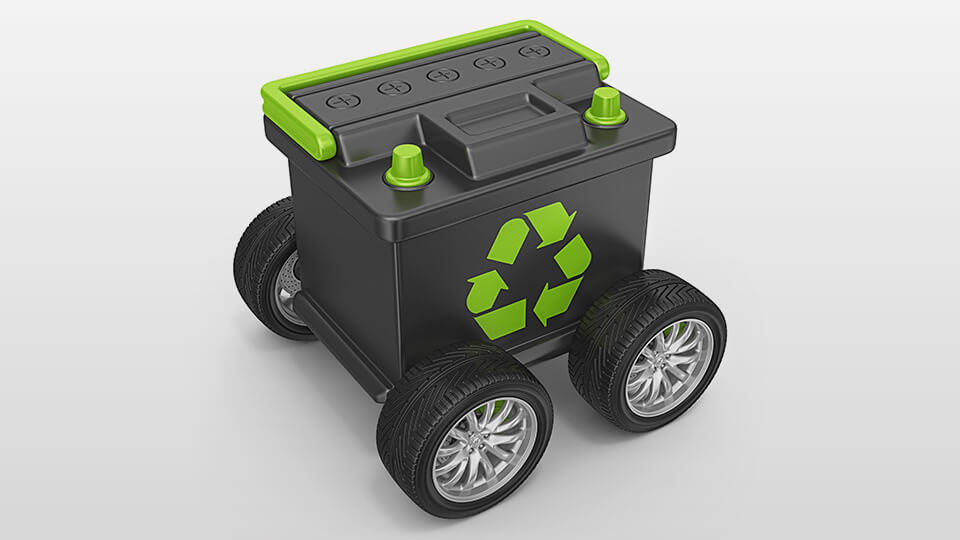South Australia’s first big battery, the biggest lithium battery in the world, in fact, went online in December 2017. It was manufactured by Tesla, and came with the famous promise from Elon Musk that it would be installed within 100 days of signing the agreement, or it would be free. (As it turned out, it wasn’t free.)
That big battery, the Hornsdale Power Reserve, can store 129 megawatt-hours (MWh) of electrical energy and deliver up to 100 MW of power. That’s enough to keep 30,000 homes humming along.
Now another big battery is helping South Australia make progress towards its goal of generating 100% of its power from renewable sources.
With 8 MWh of storage that can be delivered at up to 30 MW, and built using technology from ABB and Samsung, the Energy Storage for Commercial Renewable Integration (ESCRI) project, otherwise known as the Dalrymple North Battery, is on a different scale to the Hornsdale battery.
On behalf of the Australian Government, the Australian Renewable Energy Agency (ARENA) provided $12 million in funding towards the construction of the $30 million ESCRI project.
However, its focus is not so much on brute energy storage capacity, but fast frequency control. This is important for stabilising the grid when there is a large input of power from multiple and often variable sources.
That said, the Dalrymple battery will provide its local area on the Yorke Peninsula with some protection against blackouts. It can draw on power from the 90MW Wattle Point wind farm and rooftop solar to power 4,500 local customers for two to three hours.
Other states take charge
South Australia doesn’t have a monopoly on grid-scale batteries.
While the state is also building another battery at Lake Bonney, Victoria is getting in on the act with a 30 MW / 30 MWh battery at Ballarat, supplied by Fluence, and another Tesla battery, a 25 MW / 50 MWh system installed at Gannawarra, near Kerang.
With the Hornsdale battery performing well above expectation, it’s clear that there will be many more grid-scale batteries coming online within the next few years.
Keeping recycling in mind
Tesla has stated that, at the end of its life, the Hornsdale battery will be returned to the US for recycling.
However, with the widespread uptake of large batteries it will become increasingly viable (and sensible) to conduct recycling in Australia. This could happen in partnership with the lithium extraction and refining industry.
Of course, these batteries all have many years of important service ahead of them before they will need recycling.
But rest assured, Ecocycle will be keeping a keen eye on this sector as we prepare for the day when we get to recycle really big batteries.





